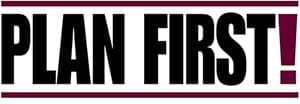 |
| http://image.spreadshirt.com/image-server/image/product/15188583/view/1/type/png/width/378/height/378/kelly-green-insert-coin-to-continue-women-s-t-shirts.png |
Year 11, Keep working toward your goal. Your Process Journal is an important part of this criterion so please document it thoroughly.
The due date for the Create is: December 12 . This means that you must have your final product complete, the paragraph/s saying if your plan worked and indicating any modifications you made and why you made them, and the Process Journal.
If you have any questions, please feel free to raise your hand.
Please leave a comment on this blog post to acknowledge your understanding of your assignment.
Thank you;-)
IB Learner Profile: Knowledgeable
Learning Objective: The student will 1) use a range of appropriate techniques and equipment competently, 2) follow the plan to produce the product/solution, 3) evaluate the plan and justify any changes to the plan (when necessary), and 4) create a product/solution of appropriate quality.





























